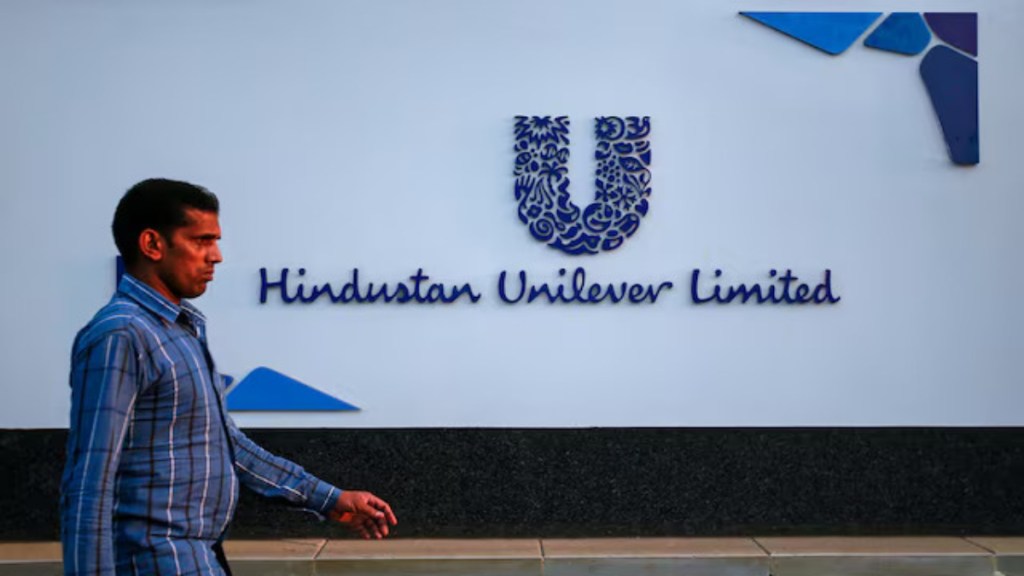Srinandan Sundaram, executive director, home care at Hindustan Unilever’s (HUL’s) largest division, which contributes 37% to its overall revenue, talks about premiumisation, inflation concerns, local competition and retail innovations in an interview with Viveat Susan Pinto. Excerpts:
Premiumisation has helped HUL’s home care division to tide over the urban slowdown in recent quarters. What are you doing to maintain sales momentum in the future?
We are over indexed on premium. This is something we have consciously built over the years within home care and we intend to stay the course. If you look at fabric cleaning, we have invested in premium formats such as fabric conditioners; identified premium trends such as the shift to liquid detergents early on in the life cycle of the category. While the strategy is to continue providing higher-order benefits at the premium end, we are also taking some of these learnings into the mass market.
What are you precisely doing in the mass market? Is this helping you to tackle competition from small and local brands?
The recent launch of Sunlight liquid detergent at the mass end (in the south) or the launch of Sun liquid dish wash, also at the mass end, is not only intended for more consumers but to also take on local competition. There are a lot of private labels that have emerged with a strong value offering, the idea for us therefore is to provide higher-order benefits but at accessible price points. At the same time, premium brands (such as Surf Excel) are also available at affordable price points, which allows consumers to get premium benefits within their monthly budgets.
Inflation is something that most FMCG companies, including HUL, have called out in recent quarters. Could it derail growth at a time when the Budget has given a fiscal stimulus to the middle class?
If disposable incomes do not go up following the fiscal stimulus to the middle class, it could put pressure on their purchase wallets. Having said that, the currency volatility is a cause for concern. Crude and palm oil are big inputs for us (in home care). And palm oil prices have been shooting up, which increases the prospect of price hikes. The tightrope we are walking is how to manage the price-value equation. Inflation forces us to either hike prices directly or go in for indirect hikes through grammage cuts. In both ways, we have to ensure value at the price we are offering. So, the idea is how do we find newer avenues of cost saving without diluting the product.
Are you introducing more home care brands from the Unilever stable?
India is a priority market and a lot of work has already happened in conjunction with the global Unilever team. For instance, the new packaging of Surf Excel (introduced last year in India) existed in several of Unilever’s international markets. We modified the fragrance of Comfort (fabric conditioner) mid-last year, which was done with help from the global home care team. We are also taking a lot of learnings from the global team on how to be social-first on channels such as Instagram or tapping capabilities that can be deployed on channels such as quick commerce. There is a lot of formulation work that we are doing in laundry liquids, floor cleaners and fabric fragrances. This is an on-going effort.
When do you see Vim, an over `2,000-crore brand, touching the `3,000-crore sales mark?
We should be able to get there in the next 12-24 months. It will depend on the consumption growth we see in the market.
Q3 saw a lot of volume growth coming from small packs in homecare for HUL. What are the trends indicating now?
While access and price point are important, especially when consumers (in the middle class) are tightening their wallets, affluent consumers continue to upgrade. That is a trend we see. We are responding to that with large packs such as a Rin 4-litre liquid detergent pack, which we have just launched. Also, traction for large packs is stronger on channels such as e-commerce and quick commerce. General trade, on the other hand, continues to drive value and access.
Innovations, whether product or channel, are an important part of your strategy. You have installed motion sensors as part of an ongoing in-store initiative for Vim at Reliance Retail. How will this help you?
The idea was to build excitement and increase basket penetration as a consumer shops. It is basically a dynamic product display in a bay where the consumer doesn’t spend too much time. Also, we were extending the Vim brand (popular as a dish washer) into the floor cleaning category. It was important for the consumer to know about this. So, when a consumer crosses the bay (at Reliance Retail stores), the motion sensors are activated and the product announces itself, catching the consumer’s attention. This initiative is a two-month exercise which began in January in 100 outlets of Reliance Retail in over 15 cities. Reliance was happy to partner with us on the campaign.


